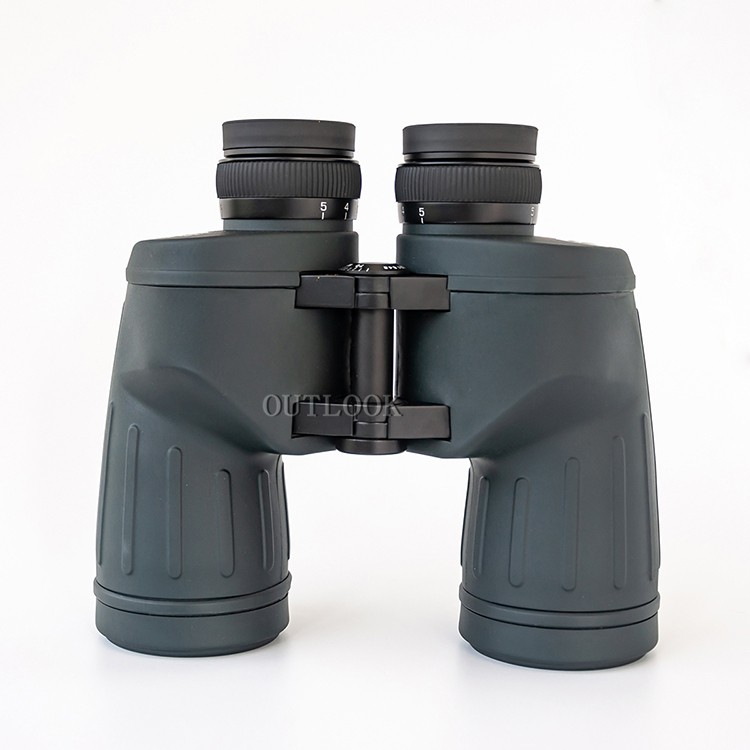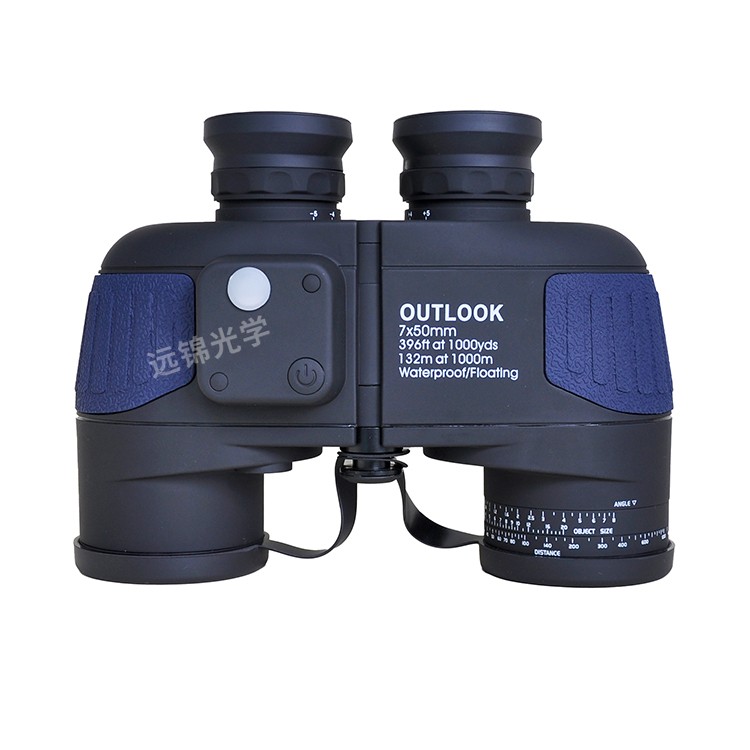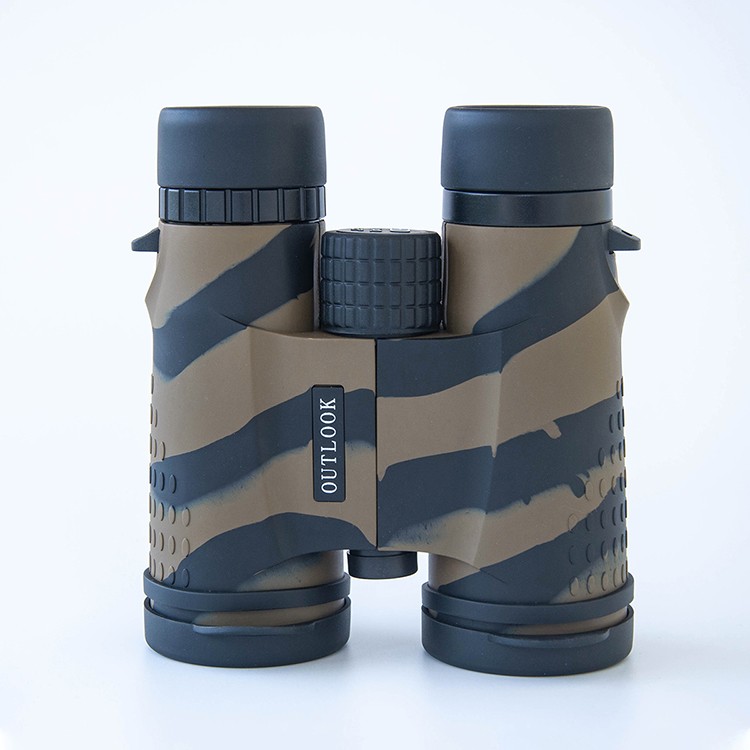The prism is one of the core components of a telescope, and its role is far more important than we imagine. Below is a detailed explanation of the principles, types, and importance of telescope prisms.
I. The Core Function of a Prism: Image Correction Without any prisms, the image presented by a telescope (especially a refracting one) would be upside down and reversed left to right. This is because light is flipped when it passes through a lens.
The mostfundamental function of a prism is to correct the inverted image into an upright image through reflection, ensuring that the scene we see is aligned with the actual object.
In addition, prisms have another important function: folding the light path. Through internal reflection, prisms can "compress" the physical length of a telescope. Without prisms, a high-magnification telescope would become very long and difficult to hold.

II. Mainstream Prism Types
The vast majority of binoculars on the market use the following two prism systems:
1. Porro Prism
This is the most classic design, commonly found in telescopes with an "M" shape (objective tubes flaring outwards).
Working Principle: Typically consists of two right-angle prisms. Light undergoes total internal reflection in the first prism, and then reflects again in the second prism, ultimately correcting the image to an upright state. This process is similar to writing the letter "N" by hand, then turning it into a "Z" through mirroring and reversing it.
Features:
Advantages: Relatively simple optical structure; generally higher brightness, better contrast, and stronger stereoscopic effect at the same price point, offering excellent value for money.
**Disadvantages:** Due to its optical path design, the telescope is larger and heavier, resulting in poor portability. Traditional models generally do not have the same level of sealing (waterproof and fogproof) as roof prism telescopes.
**Suitable for:** Primarily for fixed-location observation (such as astronomy and landscape viewing), and for users seeking high optical cost-effectiveness.

2. Roof Prism
This is the most mainstream design for modern telescopes, with an "H" shape (the tube is straight).
**Working Principle:** Light undergoes multiple complex reflections (usually five) within a more compact prism structure, ultimately "folding" the light path and correcting the image. The most famous roof prisms are the Abbe-König prism and the Schmidt-Behan prism.
**Features:**
**Advantages:** Allows for very compact, lightweight telescopes, making them easy to carry. Most roof prism telescopes use nitrogen-filled waterproofing, providing excellent sealing.
**Disadvantages:** More complex manufacturing process; higher cost is required to achieve optical quality similar to Porro telescopes. Furthermore, due to the inherent characteristics of roof prisms, they exhibit a "phase drift" problem, leading to a decrease in image contrast and sharpness.
Key Technology and "Phase Correction Coating": To address the phase issue, all high-quality roof prism telescopes must have a special "phase correction coating" applied to the prism. This is a crucial indicator of a high-end roof prism telescope.
Suitable for: Most everyday use scenarios, especially suitable for users requiring portability and waterproofing, such as travelers, birdwatchers, and sailors.
Classic telescopes using these two types of prisms:
Porro Binoculars
Porro binoculars employ the classic "Porro prism" system, featuring a traditional optical path design.

Features of Porro Binoculars:
Appearance: The most prominent feature is the outward-spreading objective tubes, with the center-to-center distance between the objectives being greater than that between the eyepieces. This gives them a more "classic" aesthetic.
Optical Path of Porro Binoculars: Light travels a relatively long path after reflection within the telescope body.
Advantages of Porro Binoculars:
Strong Stereoscopic Effect: Due to the wider objective lens spacing, it provides better binocular parallax, enhancing the stereoscopic effect and depth of the image. This is particularly beneficial when observing landscapes and wildlife.
High Cost-Effectiveness: At the same price point, the relatively simple optical structure of the Porro structure allows for more investment in glass materials, typically resulting in higher brightness and better image contrast.
Simple and Reliable Structure: The traditional design and mature technology make maintenance relatively simple.
Disadvantages of Porro Binoculars:
Large and Bulky: This is its main disadvantage. Due to the convoluted optical path, the telescope tube cannot be made very compact, making it inconvenient to carry.
Unsealed: Most traditional Porro binoculars are not nitrogen-sealed, resulting in poor waterproofing and fog resistance (although some modern high-end Porro binoculars have improved this).
Suitable Users and Scenarios:
Primarily used for observation in fixed locations, such as astronomical observation, birdwatching (at a fixed point), watching sporting events, theater performances, etc.
For users who don't prioritize portability but seek the best optical performance and cost-effectiveness.
Straight-tube Telescopes
Straight-tube telescopes use a "roof prism" system, the most mainstream design for modern telescopes.

Features:
Appearance: The tube is straight, with the objective lens and eyepiece aligned. Compact and stylish appearance.
Optical Path: Light undergoes multiple reflections within the telescope body, resulting in a more complex and compact optical path design.
Advantages:
Compact and Portable: This is its biggest advantage. Small in size and lightweight, it easily fits into a backpack, making it suitable for carrying around.
**Excellent Sealing:** Most straight-tube binoculars feature a nitrogen-filled waterproof design, offering excellent waterproof, fog-proof, and dustproof performance, making them suitable for various harsh environments.
**Modern Design:** The appearance aligns better with modern aesthetics, and the balance in hand is generally better.
**Disadvantages:**
**Higher Cost:** Roof prisms have more complex manufacturing and calibration processes. To achieve optical quality similar to Porro prisms, higher costs are required, resulting in a higher price.
**Requires Phase Correction Coating:** Due to the inherent characteristics of roof prisms, unprocessed images will result in reduced contrast and sharpness. Therefore, high-quality straight-tube binoculars must be equipped with a "phase correction coating," a key indicator of their quality.
**Suitable Users and Scenarios:**
Users who need to move and carry frequently, such as travelers, mountaineers, sailors, and field researchers.
Users who require waterproof and fog-proof capabilities.
Most everyday use scenarios, making it the preferred choice for modern consumers.
How to Choose?
If you prioritize ultimate portability, frequently travel and hike, or use in rainy and humid environments, then a straight telescope is your best choice. When purchasing, be sure to choose products with "phase correction coating" and "nitrogen-filled and waterproof" markings.
If you primarily observe from fixed locations like your balcony or backyard (e.g., stargazing, birdwatching), have a limited budget but want the best optical results, then the Porro binoculars offer better value. Simply put: choose a straight-tube binocular for portability, and choose the Porro binoculars for both cost-effectiveness and a stereoscopic effect for fixed-location observation.
prisms have another important function: folding the light path. Through internal reflection, prisms can "compress" the physical length of the telescope. Without prisms, a high-magnification telescope would become very long and difficult to hold.
porro binoculars porro binoculars porro binoculars porro binoculars porro binoculars porro binoculars porro binoculars binoculars binoculars binoculars binoculars binoculars telescope telescope telescope telescope telescope telescope

